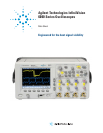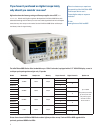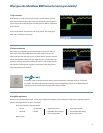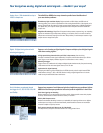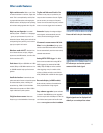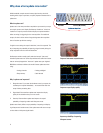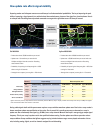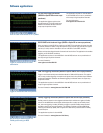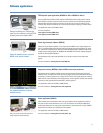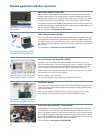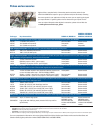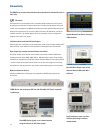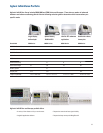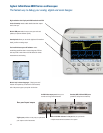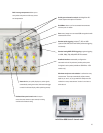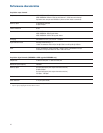
Why does a fast update rate matter?
While bandwidth, sample rate and memory depth are key criteria for
deciding which scope to purchase, an equally important characteristic is
update rate.
What is update rate?
Update rate is how many waveforms acquisitions per seconds you scope
can acquire, process, and display.
Oscilloscope “dead-time” is the time
it takes for a scope to process and then display an acquired waveform
before re-arming it’s triggering for the next acquisition. For traditional
scopes, this time is often orders of magnitude greater than acquisition
time on fast time-per-division settings.
If a glitch occurs during the scope’s dead-time, it won’t be captured. The
key to improving the probability of capturing a signal anomaly during the
scope acquisition time is to minimize dead-time.
Oscilloscope vendors usually specify what their scope’s “best-case”
waveform update rates are. Some scope architectures suffer from factors
that can seriously degrade the “best-case” update rates spec. Agilent’s
6000 Series architecture delivers the world’s fastest update rate when
using:
•
Analog channels
•
Analog and digital
•
Deep memory
•
Serial decode
Why is update rate important?
Responsiveness. If you rotate the timebase control, you expect the
oscilloscope to respond immediately – not seconds later after the
scope fi nishes processing data.
Signal detail. Fast waveform update rates improve the display
quality of the waveform that you see on screen.
Certainty. Fast waveform update rates improve the scope’s
probability of capturing random and infrequent events.
Update rates directly affect a scope probability of capturing and display-
ing infrequent and random events. Slow update rates will cause a scope
to miss subtle or infrequent signal details.
1.
2.
3.
Improves instrument responsiveness
Improves scope display quality
Improves probability of capturing
infrequent events
6



